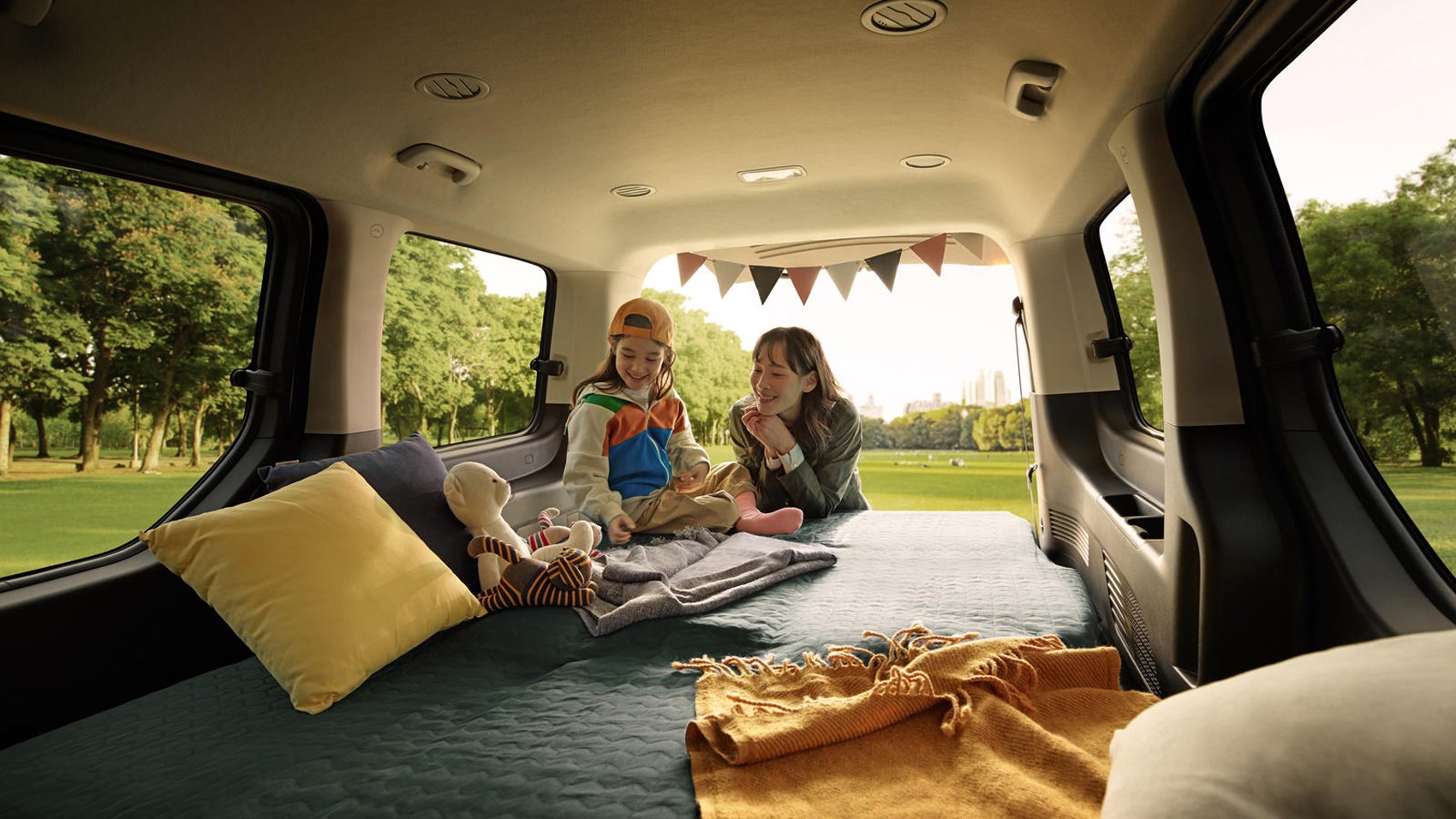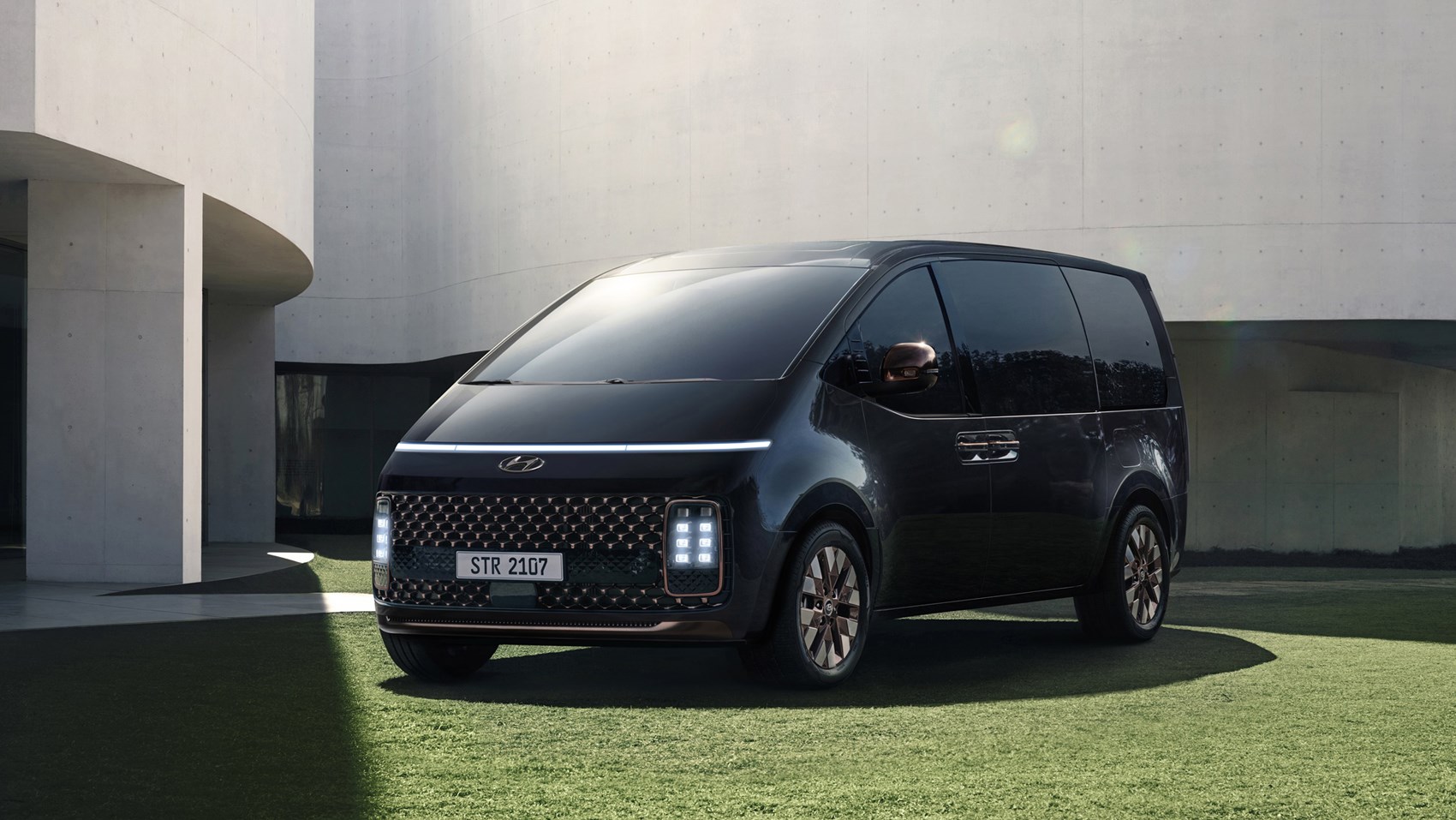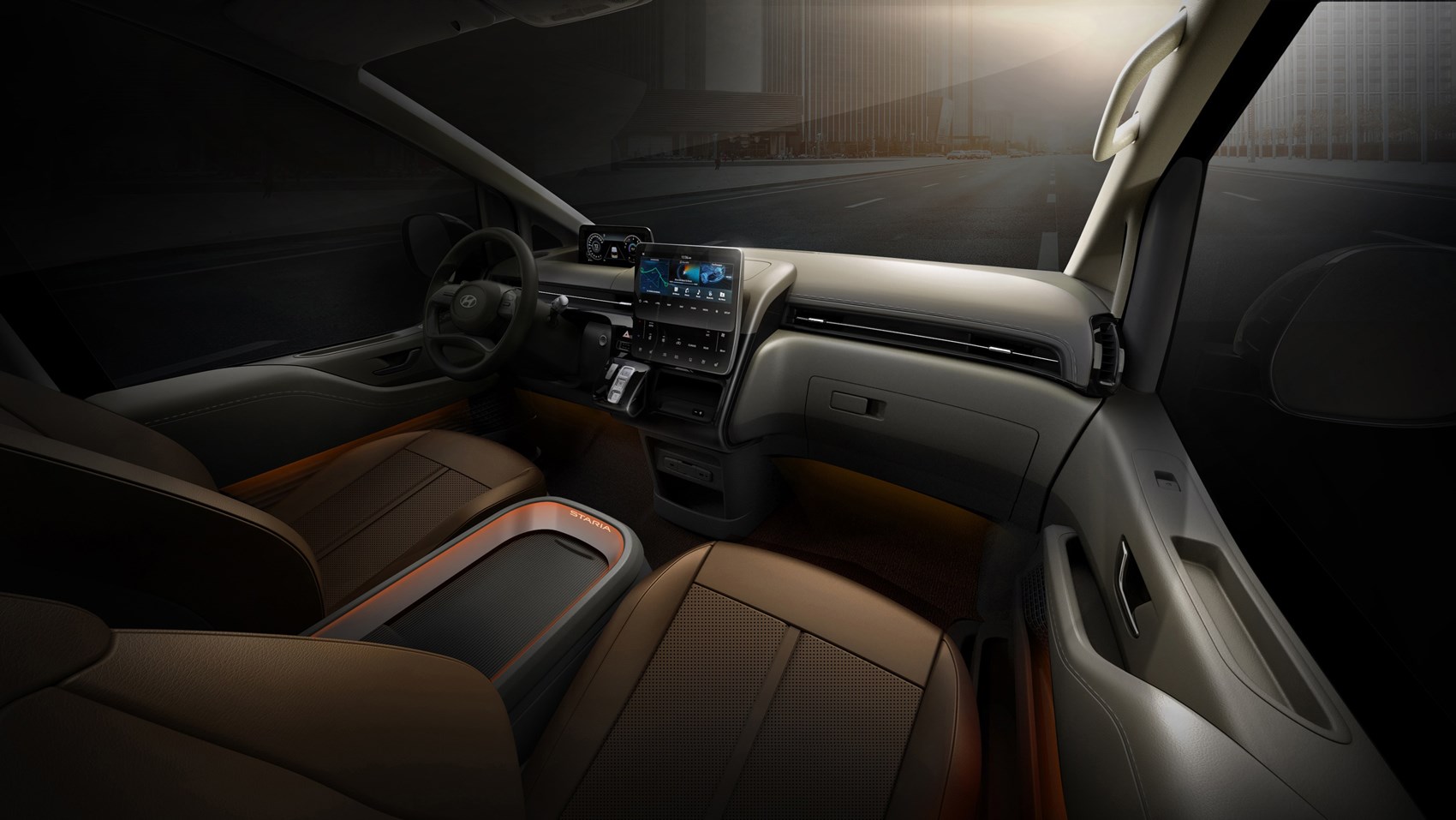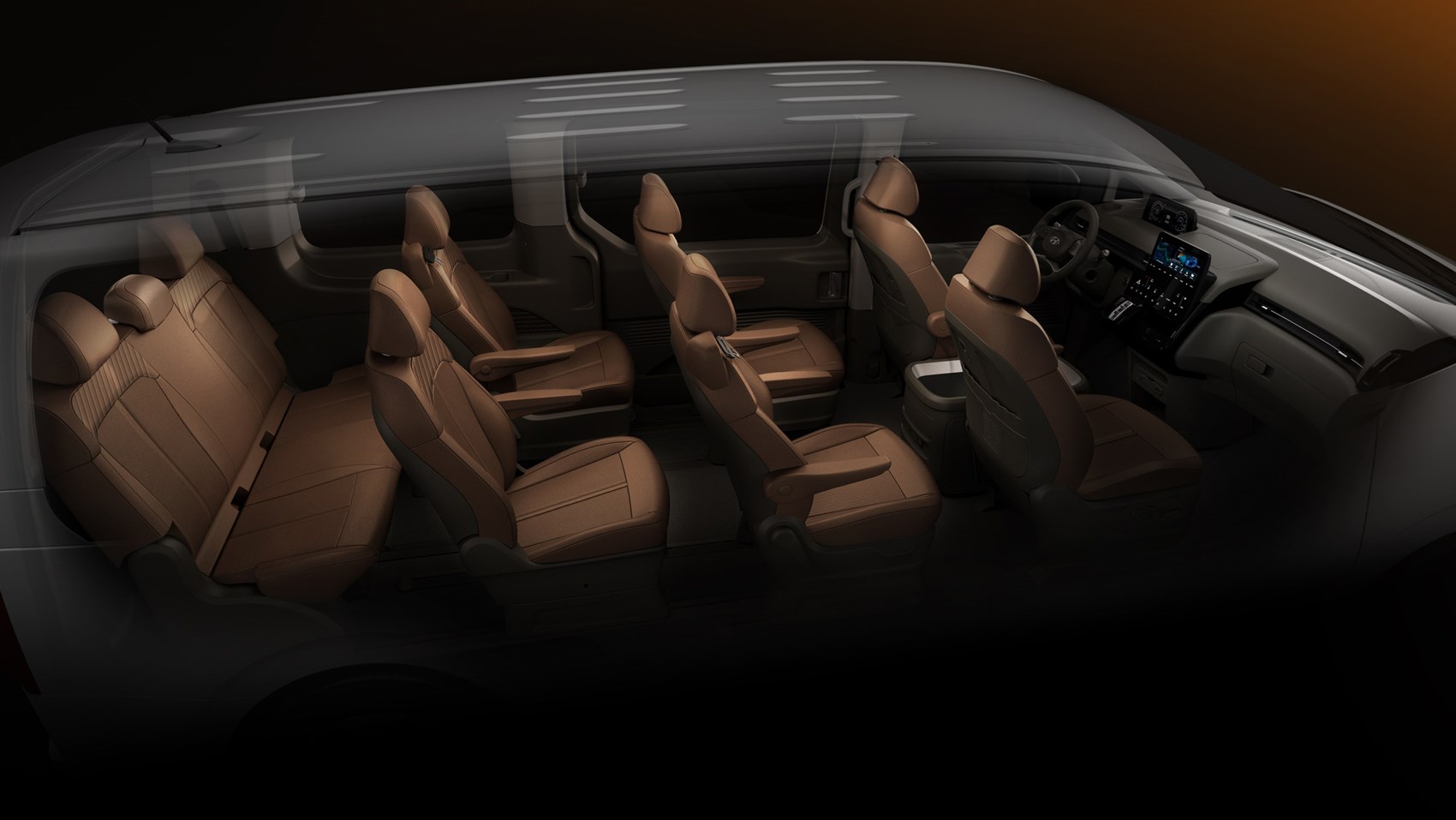- Hyundai’s stylish MPV tested
- Not available in UK, but RHD engineered…
- Is it more than a pretty face?
The Hyundai Staria is the MPV you didn’t know you wanted… and the one Brits can’t currently buy. But Hyundai isn’t ruling out the introduction of this futuristic-looking people carrier to the UK, and a trip to South Korea gave CAR the chance to drive it in a camper body style – offered as part of Hyundai’s ‘Special Vehicle’ line-up.
If the Staria does make its way over here, it could be a tempting alternative to the default Volkswagen California.
Tell me more…
The Staria went on sale in 2021, and alongside left-hand-drive markets such as Korea and Europe, it’s also offered in Australia, meaning the right-hand-drive engineering graft has already been done.
European buyers choose from Van, Wagon (aka MPV) or higher-spec Wagon Premium variants, with everything from two- to 11-seat variants. The camper we tested was a three-row six seater.

At 5253mm long with a 3273mm wheelbase, the Staria is a big vehicle (the California is over 300mm shorter). It’s based on the N3 platform also found under the Tucson, and features multi-link rear suspension – hence all-wheel drive can be offered.
There are two engines: the 175bhp 2.2-litre VGT turbodiesel fitted to our test car comes with either a six-speed manual or eight-speed automatic transmission, while the 268bhp 3.5-litre MPI V6 petrol comes exclusively with the auto. All Australian turbodiesels are all-wheel drive, though rather oddly all V6s are front-wheel drive. Europe gets turbodiesels only.
It’s a stunner…
Certainly is. Created under design boss SangYup Lee, the clean, sci-fi-inspired look makes for a highly appealing twist on the usual box-on-wheels formula, working some magic into a bodystyle that demands a long, high roofline and a tailgate bluff as a barn door.

The dramatic front end is key, with an unusually rakish bonnet that flows directly into a similarly swept back windscreen, and appealing details like an aggressive mesh grille, horizontal full-width DRLs and vertically stacked LEDs. The Staria didn’t sternly demand we had ’20 seconds to comply’, but it looks like it could. An unusually large glasshouse cuts low into the body and dominates the side profile, with more vertical LEDs for the rear.
Hyundai says the Staria embodies its ‘inside-out design methodology that emphasizes interior spaciousness and usability’.
What’s it like inside then?
In a word, big. The front seats are comfy, the floor between driver and passenger is flat, and there are so many deep storage areas you might need those Thai cave diving experts to get them back out again. The low glasshouse allows your elbows to rest at a pleasingly and equally low level on both the central armrest and top of the door card, so it’s like luxuriating in a big plush high chair.

Some of the plastics are hard, but the overall feel looks smart and sturdy, and the infotainment system provides a fresh, up-to-date feel with a central touchscreen complemented by a digital instrument binnacle and much piano-black slickness.
And in the back?
There are sliding rear doors on either side, though there’s a sink/food prep area on the driver’s side of our camper. Climb in and the seats are again deeply comfy, recline generously, plus there’s a bench in the back.

The seats fold flat to create a sleeping area, there are blinds on the windows, or you can leave everything in place, raise the roof with a press on the control screen in the roof and then climb through a sunroof-like opening into a generous space in the shape of a doorstop.
How does the Staria drive?
It’s okay. Our test route was a relatively short loop through Seoul’s nightmare traffic, but it was enough to get a flavour. The steering feels lightish and consistent, the auto gearbox tips in smoothly (plus you’ve got paddelshift control) and visibility is good for such a large car, so it’s an easy enough thing to potter about in.
The diesel gets a bit vocal and strained when asked to deliver its full/modest potential, even if it’s fine for typical driving, but the big de-merit goes to the ride – it really clatters about and requires significant finessing to be taken seriously in the UK, but then Hyundais usually are given a UK tune.
Hyundai Staria: verdict
In a segment that even its inventors are rapidly deserting in favour of the ubiquitous SUV, it’s refreshing and exciting to see Hyundai make the now unfashionable MPV seem so desirable – as well as giving outdoor types a larger alternative to the Volkswagen California in the case of our camper variant.
We like the Staria’s design, spaciousness and its versatility, but we’d suggest putting ride and handling top of the engineers’ to-do list before shipping any to the UK.